Long time lurker first time poster. I have questions regarding PCB guard rings in a pH meter circuit. I know that a typical combination pH electrode has really high output impedance so you want low leakage on the PCB as well as low input offset opamps. This first draft of the schematic and PCB has a guard ring surrounding the probe's output, but I don't have one surrounding the reference electrode input. I'm biasing that electrode with 512mV to make the signal unipolar.
So the main question is should I guard the reference electrode traces as well and if so, what potential should that guard trace be at? Also, just looking for considerations on the circuit as a whole. It's my first go with a pH meter. For reference, I'm only looking for 0.1pH resolution and 0.1pH accuracy. Temperature and pH range would be that of pool water.
In lieu of being able to post schematics, here's a link to the Github repo for the HW files repo
Circuit description: SOIC8 opamps U2 and U4 are LMP7721. Bias for the reference electrode is genereated by a MCP1501 1.024 reference and fed into a matched resistor divider (RN1). U1 is a LTC2471 ADC and U3 is a ADM3260 I2C isolator. R3 is 1k and C1 is 1uF. Decoupling caps on the LMP7721's are 0.1uF tantalums. C14 is a 2.2uF MLCC.
@Kubahasn'tforgottenmonica
Just to make sure I was following your train of thought, is this what you had in mind:

simulate this circuit – Schematic created using CircuitLab


